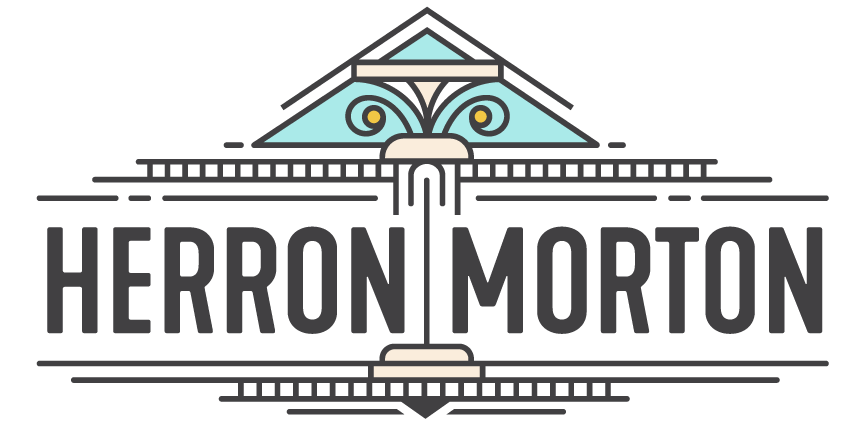Additions and Accessory Buildings
This material is presented for informational purposes only. Herron-Morton Place holds no liability for inaccuracies that may be contained herein. Individuals are urged to contact the Indianapolis Historic Preservation Commission for complete guidelines as may apply to your project.
When designing a new addition to an historic building or a new accessory building such as a garage or storage building, the context to which the designer must relate is usually very narrowly defined by the existing buildings on the site. For the most part, the guidelines pertaining to new construction of primary structures are applicable to additions and accessory buildings as long as it is remembered that there is always a closer and more direct relationship with an existing building in this case. The following guidelines are specific to additions and accessory buildings or are particularly important when undertaking such a project.
RECOMMENDED
- Accessory buildings should be located behind the existing historic building unless there is an historic precedent otherwise. Generally, accessory buildings should be of a secondary nature and garages should be oriented to alleys.
- Additions should be located away from the front facade and at the rear.
- The scale, height, size, and mass should relate to the existing building and not overpower it. The mass and form of the original building should be discernible, even after an addition has been constructed.
- Additions and accessory buildings should be discernible as a product of their own time.
NOT RECOMMENDED
- Do not obscure significant architectural detailing with new additions.
- Avoid altering the roof line of an historic building in a manner which affects its character.
- Avoid additions which look as though they were a part of the original house. Additions should be differentiated from the original building.
- Avoid additions near the front facade and at the side.
- Avoid imitating historic styles and details although they may be adapted and reflected.
- Avoid blocking the light to adjacent buildings.

